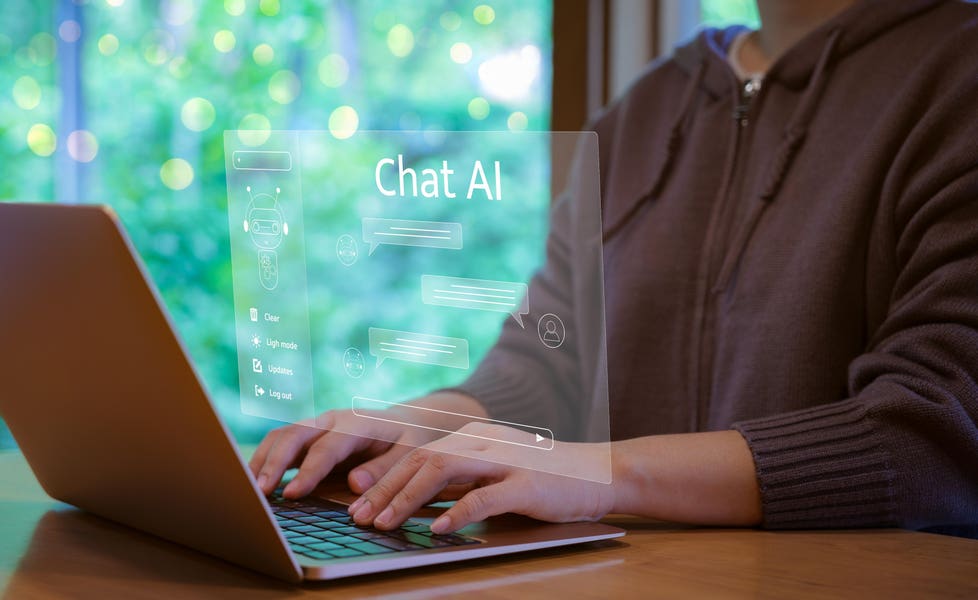In the ever-changing world of technology, where innovation knows no limit, only a few things have evoked as much awe as the exponential growth of computing. The highly capable chips and accelerators of today have transformed the entire digital ecosystem, starting with artificial intelligence.
But, let’s be honest, the age of AI is far from here. In fact, if anything, it’s just beginning. Conversational AI is all the rage and has made interfacing with machine intelligence a piece of cake.
What does conversational AI mean for healthcare?
In simple terms, conversational AI is a category of AI-driven solutions that automate human-like conversations with users. It utilizes techniques like natural language processing and machine learning to tap into their learnings and deliver clear answers to varied questions in a conversational tone.
But what truly sets these systems apart is their ability to go beyond simple rule-based responses. They can analyze text and speech, understand the intent and context of the question, generate meaningful responses and continuously learn from those interactions to become more capable over time. Imagine Tony Stark’s Jarvis!
In healthcare, the applications of conversational AI are vast and diverse. From appointment booking, locating the closest in-network healthcare provider and understanding diagnostic procedures to providing personalized medical information, AI-powered virtual assistants can be immensely valuable for patients and healthcare providers alike. In fact, if implemented correctly, they can transform the delivery of medical services and significantly impact human lives in the next 5 years.
However, to achieve transformative results, the key lies in perfecting underlying technologies, starting natural language processing. It is a branch of AI that enables machines to analyze and understand human language data. This is a challenging task as humans have developed languages over thousands of years to communicate information and ideas. NLP algorithms work to convert human language into a form that machines can comprehend, involving processes like converting text into binary vectors and creating a matrix representation of sentences. Through this, the system can extract the intended meaning and generate appropriate responses.
Now, if NLP allows the system to understand and reply back in human language, machine learning, a set of techniques that enables machines to learn from past and current data, optimizes processes for more accurate results. By combining these two, conversational AI systems recognize various phrasings of the same intent, including spelling mistakes, slang and grammatical errors and provide accurate responses to user queries.
Challenges to adoption remain
While many organizations in the healthcare domain are bullish on the potential of conversational AI, its widespread adoption still remains hurdled by multiple challenges.
For instance, ecosystem stakeholders’ traditionally slow approach to adopting new technologies restricts access to training data, making it difficult to get the NLP and ML-driven systems up and running. On top of it, many even struggle with the preparation of this data and setting up dialog flow to make the conversation flow seamlessly. This can be addressed by integrating with electronic medical records and other healthcare systems and adopting tools like dbt.
In addition to data and conversation flow, organizations developing conversational AI chatbots should also focus on including desirable qualities, such as engagement and empathy, to create a more positive user experience. While conversational AI systems cannot replace human care, with the right qualities, they can augment the healthcare staff’s efforts by automating repetitive tasks and offering initial emotional support. In the next three to four years, as AI systems improve, the focus will inevitably shift toward making these virtual assistants more human at work.
That said, even right now, conversational AI is not something to be ignored. The COVID-19 pandemic has accelerated the digitization of healthcare services, making this technology more relevant than ever before. Many governments and hospitals are already in the process of deploying AI for patient triaging and screening, streamlining outpatient journeys and enabling remote care with the help of wearables and Internet of Things (IoT) devices, such as smart sensors installed at homes.
As we look towards the future, the potential of conversational AI in healthcare appears immensely promising, holding the power to shape a future where patients receive enhanced, personalized care and healthcare professionals operate more efficiently and effectively.
However, for this vision to become a reality, successful integration and widespread adoption of these AI-powered systems will necessitate collaborative efforts from various stakeholders. Key players such as healthcare providers, technology vendors and regulatory authorities must come together to facilitate the seamless implementation of conversational AI in the healthcare ecosystem.
Further, in order to ensure the responsible and effective use of the novel and still-developing technology, ethical concerns and data privacy must be thoroughly addressed. Patients and healthcare professionals alike must be able to trust these intelligent systems to safeguard sensitive information and provide reliable insights. For this, regulators should establish a robust data security framework as well as ethical guidelines for the training and use of these systems.










